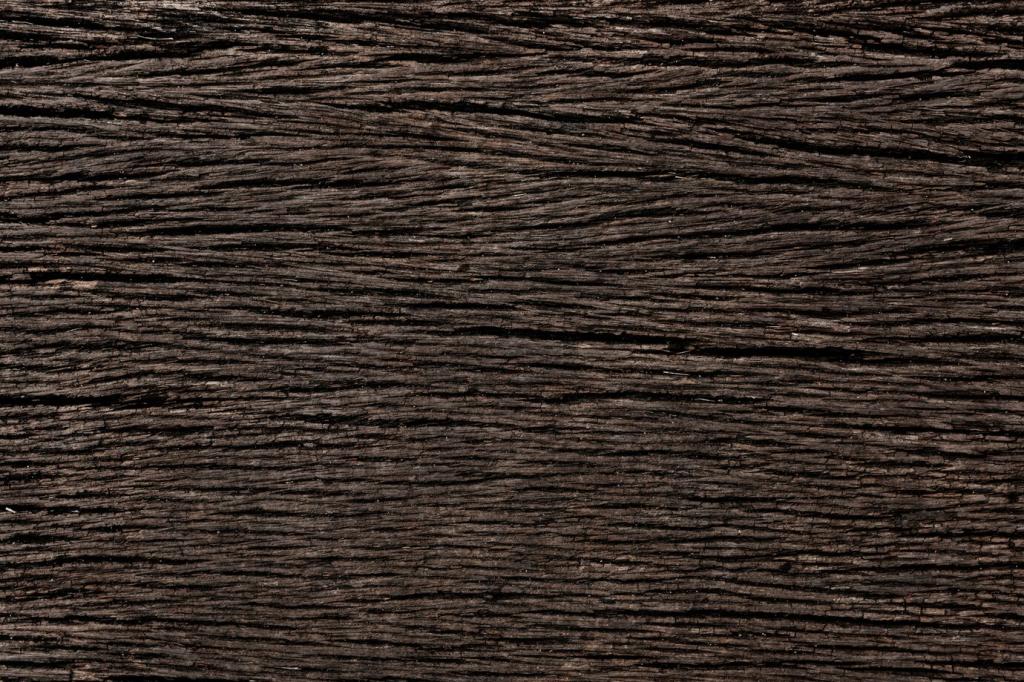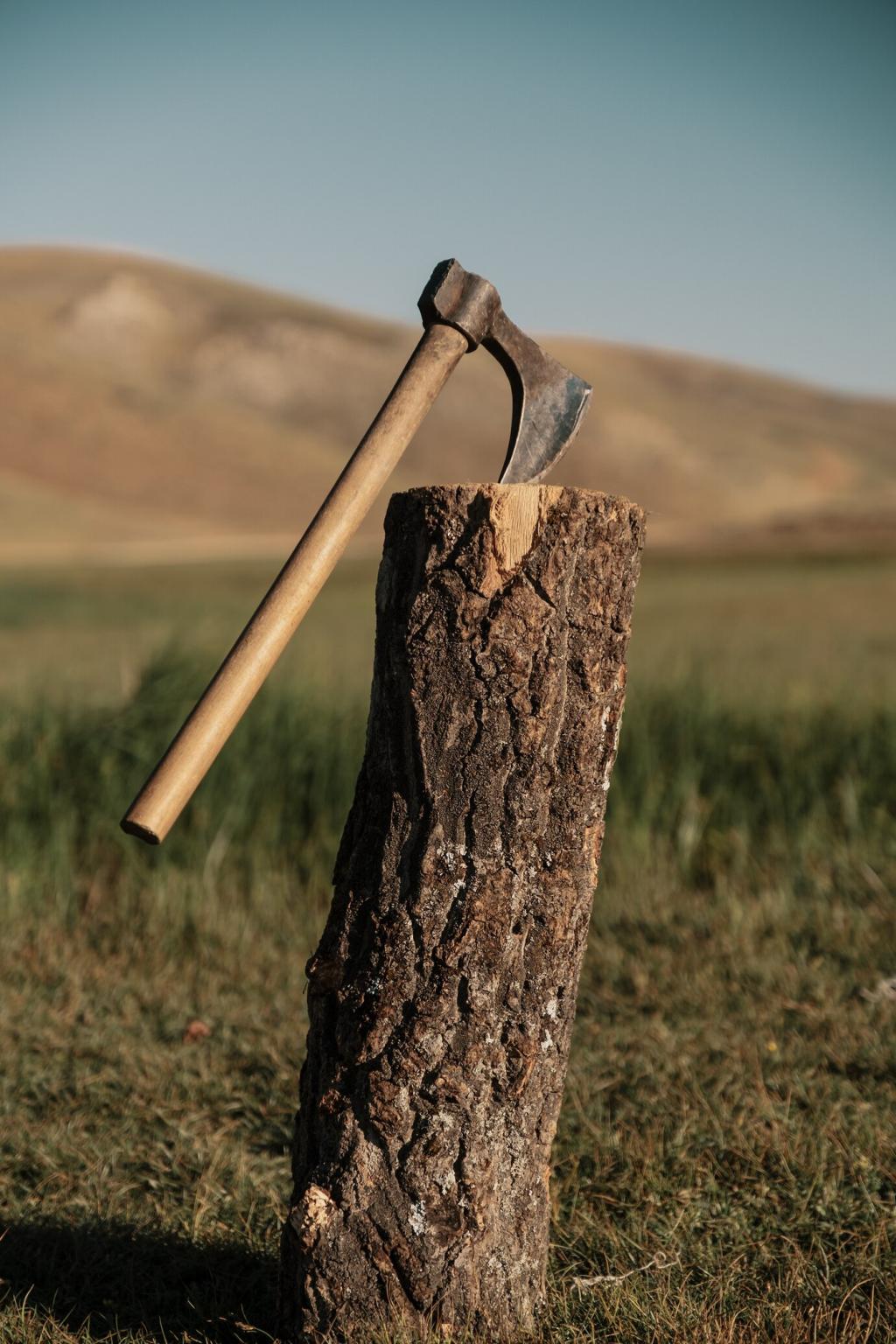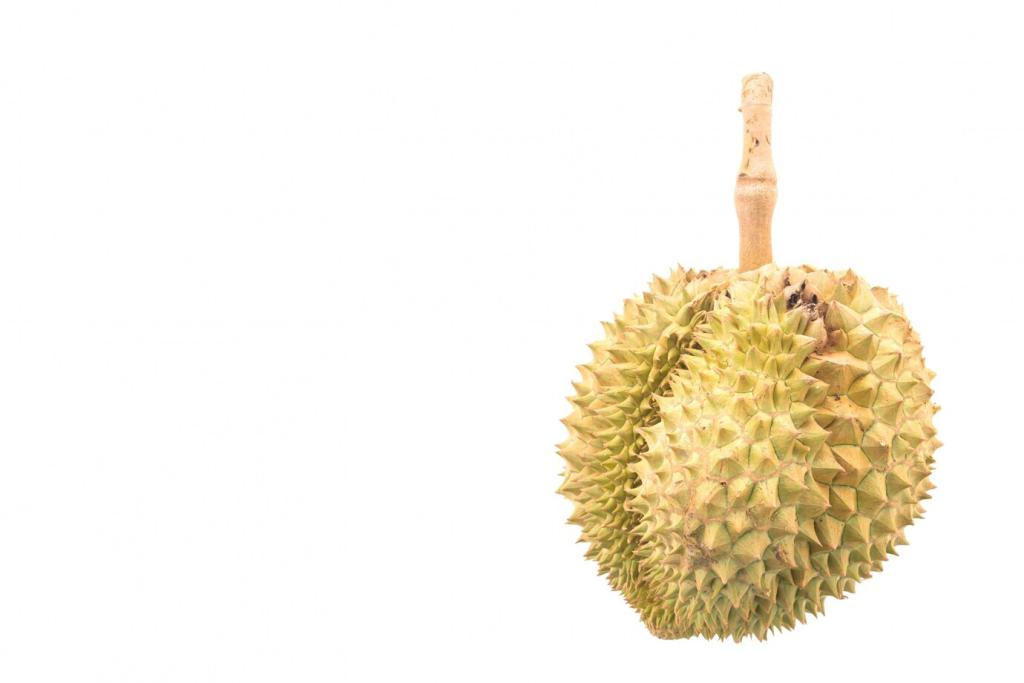Mastering Lighting Techniques for Macro Photography Outdoors
Today’s theme: Lighting Techniques for Macro Photography Outdoors. Step into the field with practical tactics, stories, and smart gear choices that turn tiny subjects into luminous, detailed portraits. Subscribe for weekly outdoor macro lighting tips and share your field wins with our community.
Reading Natural Light in the Field
Backlight reveals translucent wings and petals, sidelight sculpts form with gentle shadows, and toplight can flatten details. Walk around your subject, kneel, and tilt to discover angles where micro-textures glow naturally.
Reading Natural Light in the Field
Golden hour adds warm contrast, shimmering edges, and dimensionality, while overcast skies act like a giant diffuser around 6500–7000K. Notice how soft clouds tame specular highlights on beetle shells and dew drops without killing sparkle.
Reading Natural Light in the Field
At macro distances, tiny movements change shadow size dramatically. Shift a few centimeters to control micro shadows on stamens or antennae. Comment with a photo where a small step transformed your lighting.




Pocket Diffusers from Everyday Materials
Cut translucent plastic from a milk jug or use tracing paper to build a tiny dome diffuser. The close modifier-to-subject distance creates apparent softness that smooths specular hotspots on glossy beetles and wet leaves.

Flagging and Spill Control
A simple black foam sheet acts as a flag to block stray light and deepen backgrounds. Shape micro contrast by shielding parts of your subject, creating a controlled vignette that guides the viewer’s eye without post-processing.

Clamps, Goosenecks, and Stability
Light breezes ruin consistency. Use small clamps or a flexible gooseneck to hold diffusers and reflectors. Stabilize your setup so your hands can focus on composition and timing instead of juggling gear precariously.
Balancing Ambient and Flash for Natural Results
Aperture, Shutter, ISO: The Macro Triangle
Small apertures boost depth but magnify diffraction; compensate with flash power or ISO. Use shutter speed to set ambient level while flash freezes motion. Meter the background first, then add flash to taste.
High-Speed Sync in Bright Sun
HSS lets you shoot wide open in daylight, but it reduces flash efficiency. Get closer with your diffuser or increase ISO slightly to preserve battery life and recycle time while keeping crisp, luminous highlights.
Dragging the Shutter for Atmosphere
Lower shutter speeds lift ambient textures in foliage and skies while flash locks sharpness on your subject. This pairing creates airy, believable scenes that respect natural light’s character and preserve place-specific mood.
Taming Movement: Wind, Wings, and Wobble
Stand upwind and shield the subject with your body or backpack. Pair with a diffuser close to the subject to shorten flash-to-subject distance, reducing power needs while maintaining soft, wraparound lighting.
Taming Movement: Wind, Wings, and Wobble
Short bursts catch wing positions while preventing flash overheating. Lower power settings recycle faster, creating more consistent light. Practice half-press timing to anticipate insect pauses and nail the decisive luminous moment.
Color Harmony and Creative Gels
Warming Flash to Match Sunset
A CTO gel warms flash to blend with golden hour hues, avoiding the bluish flash cast on warm backgrounds. The result feels cohesive, like the light truly belongs to the scene and subject.
Custom White Balance on Location
Set a custom white balance with a gray card in the actual light. Consistency across a session reduces editing time and maintains natural tones in pollen, wings, and delicate flower petals with faithful color separation.
Creative Contrasts with Teal and Magenta
Try subtle gels to separate subject and background. A magenta-kissed fill can make green foliage pop without looking synthetic. Keep it gentle, and invite readers to vote on their favorite color pairing.
Ethics, Safety, and Respectful Lighting
Avoid blasting high-power flashes repeatedly at close range. Use diffusion and lower power for kinder, more natural results. If a subject shows stress, pause, back off, and let the moment breathe respectfully.
